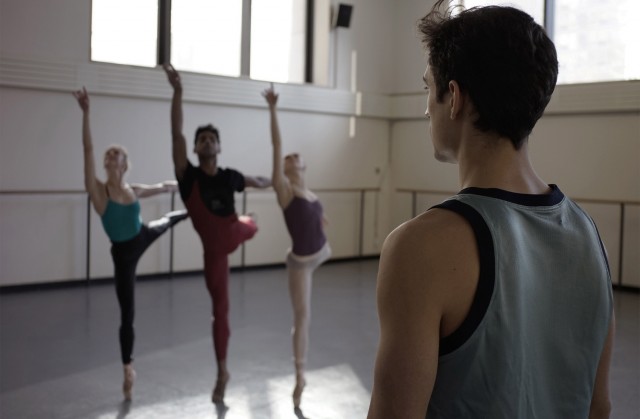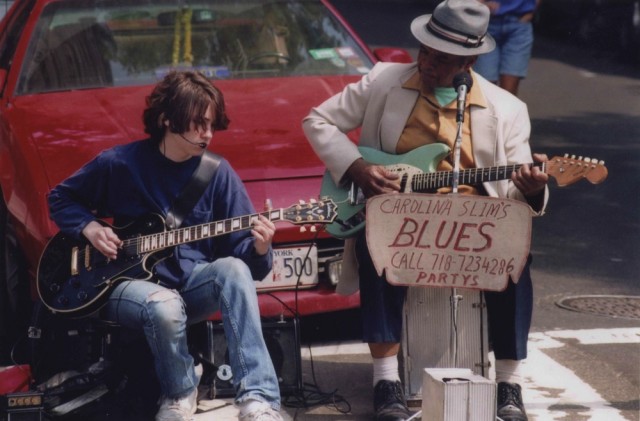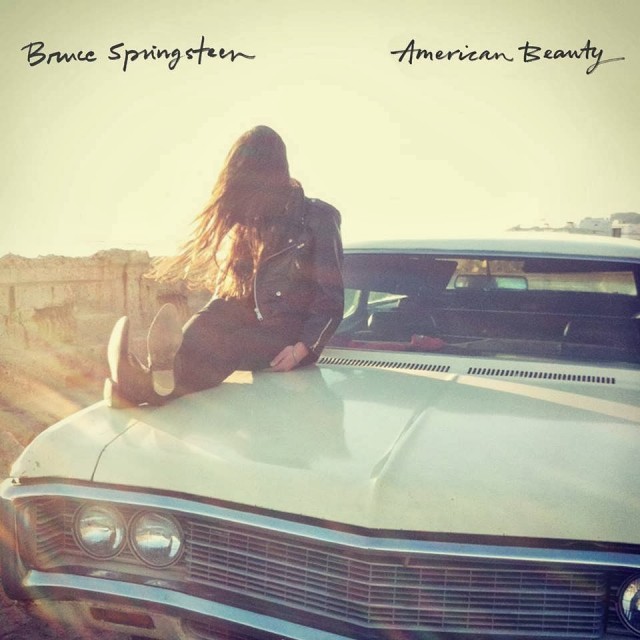Circle in the Square Theatre
1633 Broadway at 50th St.
Tuesday – Sunday through August 10, $97 – $252
www.ladydayonbroadway.com
Watching — nay, experiencing — the astonishing Audra MacDonald inhabit Billie Holiday in Lady Day at Emerson’s Bar & Grill, one might think that the show was created specifically for the five-time Tony winner. In fact, it’s been around since 1986, and earlier off-Broadway and out-of-town versions have featured such stars as Lonette McKee, Eartha Kitt, S. Epatha Merkerson, Loretta Divine, and Jackée Harry. Inspired by one of Holiday’s final performances, at a small club in South Philadelphia a few months before her death in 1959 at the age of forty-four, Lanie Robertson’s (Nasty Little Secrets) ninety-minute show focuses on a brittle but still immensely talented Holiday as she performs classic songs while sharing tales from her difficult life, which was riddled with physical and sexual abuse, failed marriages, rape, prostitution, and drug and alcohol addiction. Backed by Shelton Becton as pianist Jimmy Powers, George Farmer on bass, and Clayton Craddock on drums (get there early, as the trio starts performing well before curtain time), McDonald nails Holiday’s unique phrasing and thrilling voice on such numbers as “I Wonder Where Our Love Has Gone,” “Crazy He Calls Me,” and “Easy Living” as well as “God Bless the Child,” which she cowrote, “T’aint Nobody’s Business If I Do,” and “Strange Fruit,” giving them added emotional resonance in relation to Lady Day’s tragic downfall. The audience sits around the thrust stage on three sides, with a “Circle Club” section in the middle, where patrons sit at tables and drink during the show and Holiday occasionally stumbles through, slurring her words, needing help just to stay upright. Directed by Lonny Price, who previously worked with McDonald on 110 in the Shade, Lady Day is a poignant, passionate look at one of the greatest singers who ever lived, magnificently portrayed by one of Broadway’s very best.
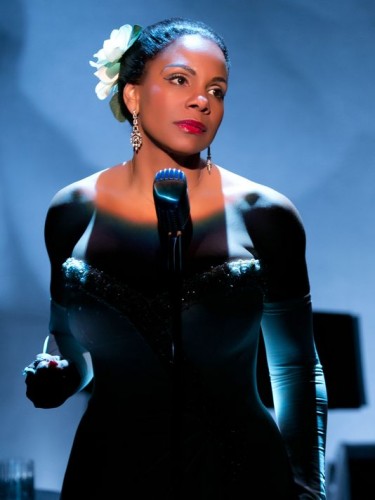
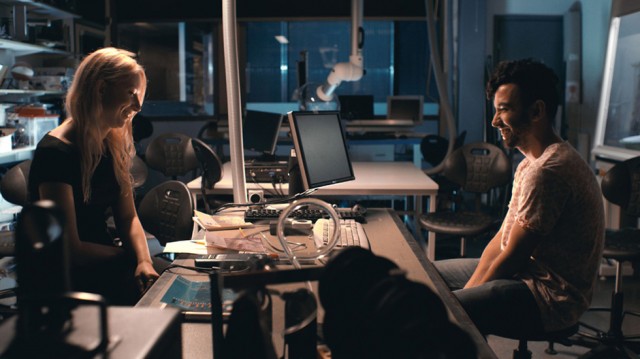
 ”Did you hear the one about the engineer who didn’t have a girlfriend? He’s an engineer.” Engineers have been the butt of romance-related jokes probably going back millennia and, according to Tonislav Hristov’s engaging new documentary, Love & Engineering, perhaps with very good reason, particularly now in the digital age. “Love is the bio-program thing that could make you co-act with someone else,” Bulgarian 3D engineer and PhD Atanas Boev says at the beginning of the film. “Emotion is something, like, very inexplicable.” Boev is that rarest of men in his social circle: a happily married engineer, and he is somewhat of a hero to four other engineers who have come to him to learn how to become more successful with women. First, Todor Vlaev, Tuomas Nieminen, Markus Virtane, and Andon Nikolov attend Boev’s presentation, “The Secret Weapons of Pickup Masters: Get Every Woman in Bed with Three Simple Steps,” then Hristov (Rules of Single Life, Soul Food Stories), himself a divorced former engineer, follows them as they try to use Boev’s algorithmic teachings — he refers to women as “servers” and calls wooing “hacking — in various dating situations that are hysterically funny and sadly pathetic. The engineers, who all live and work in Helsinki, struggle to find topics of conversation — one can only talk about computer games — as the proud, stuttering Boev reviews their results with pseudoscientific explanations that see the woman as a “goal,” a “destination,” not as a human being, which could, um, be part of the problem. Oddly, the film subtitles everyone’s speech, even though understandable English is the only language spoken, and the transcription isn’t perfect, so it’s somewhat awkward to hear a character say something and then read words that don’t match exactly; there are even imperfect subtitles for a woman for whom English is her first language, and even her words are slightly changed. Of course, it’s worth repeating that the documentary was made by a former engineer, an occupation that requires a unique kind of precision. And special kudos go out to the various women who allowed themselves to be filmed interacting with this group of oddballs.
”Did you hear the one about the engineer who didn’t have a girlfriend? He’s an engineer.” Engineers have been the butt of romance-related jokes probably going back millennia and, according to Tonislav Hristov’s engaging new documentary, Love & Engineering, perhaps with very good reason, particularly now in the digital age. “Love is the bio-program thing that could make you co-act with someone else,” Bulgarian 3D engineer and PhD Atanas Boev says at the beginning of the film. “Emotion is something, like, very inexplicable.” Boev is that rarest of men in his social circle: a happily married engineer, and he is somewhat of a hero to four other engineers who have come to him to learn how to become more successful with women. First, Todor Vlaev, Tuomas Nieminen, Markus Virtane, and Andon Nikolov attend Boev’s presentation, “The Secret Weapons of Pickup Masters: Get Every Woman in Bed with Three Simple Steps,” then Hristov (Rules of Single Life, Soul Food Stories), himself a divorced former engineer, follows them as they try to use Boev’s algorithmic teachings — he refers to women as “servers” and calls wooing “hacking — in various dating situations that are hysterically funny and sadly pathetic. The engineers, who all live and work in Helsinki, struggle to find topics of conversation — one can only talk about computer games — as the proud, stuttering Boev reviews their results with pseudoscientific explanations that see the woman as a “goal,” a “destination,” not as a human being, which could, um, be part of the problem. Oddly, the film subtitles everyone’s speech, even though understandable English is the only language spoken, and the transcription isn’t perfect, so it’s somewhat awkward to hear a character say something and then read words that don’t match exactly; there are even imperfect subtitles for a woman for whom English is her first language, and even her words are slightly changed. Of course, it’s worth repeating that the documentary was made by a former engineer, an occupation that requires a unique kind of precision. And special kudos go out to the various women who allowed themselves to be filmed interacting with this group of oddballs.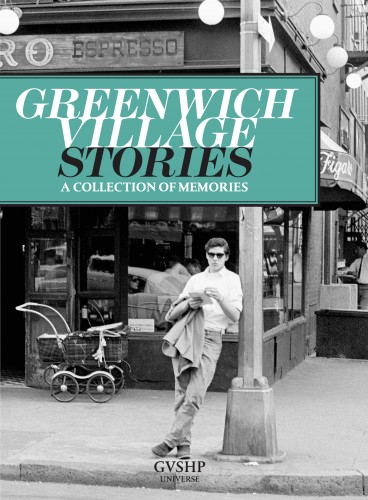
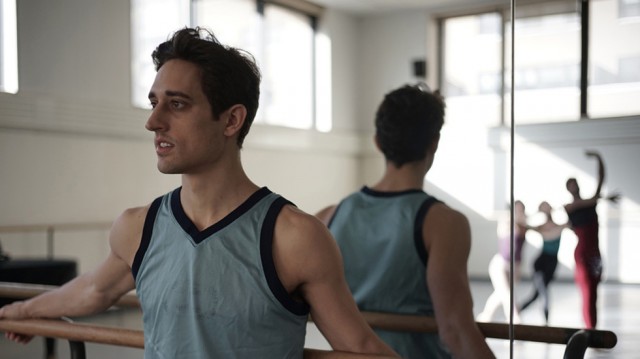
 In Ballet 422, Jody Lee Lipes takes viewers behind the scenes as twenty-five-year-old New York City Ballet dancer Justin Peck choreographs the 422nd original piece for the prestigious company, Paz de la Jolla. One of fifty dancers in the Corps de Ballet, which the film calls “the lowest rank” of the NYCB, Peck was named by company head Peter Martins to be the New York Choreographic Institute’s first active choreographer-in-residence for the 2011-12 season, and he is the only current NYCB dancer to choreograph for the company. Documentarian and cinematographer Lipes (NY Export: Opus Jazz, Tiny Furniture) focuses on the fascinating collaboration that goes into creating a ballet. “As a former soloist with New York City Ballet, I had long dreamed about pulling back the veil on the making of a new ballet,” producer Ellen Bar explains on the film’s
In Ballet 422, Jody Lee Lipes takes viewers behind the scenes as twenty-five-year-old New York City Ballet dancer Justin Peck choreographs the 422nd original piece for the prestigious company, Paz de la Jolla. One of fifty dancers in the Corps de Ballet, which the film calls “the lowest rank” of the NYCB, Peck was named by company head Peter Martins to be the New York Choreographic Institute’s first active choreographer-in-residence for the 2011-12 season, and he is the only current NYCB dancer to choreograph for the company. Documentarian and cinematographer Lipes (NY Export: Opus Jazz, Tiny Furniture) focuses on the fascinating collaboration that goes into creating a ballet. “As a former soloist with New York City Ballet, I had long dreamed about pulling back the veil on the making of a new ballet,” producer Ellen Bar explains on the film’s 